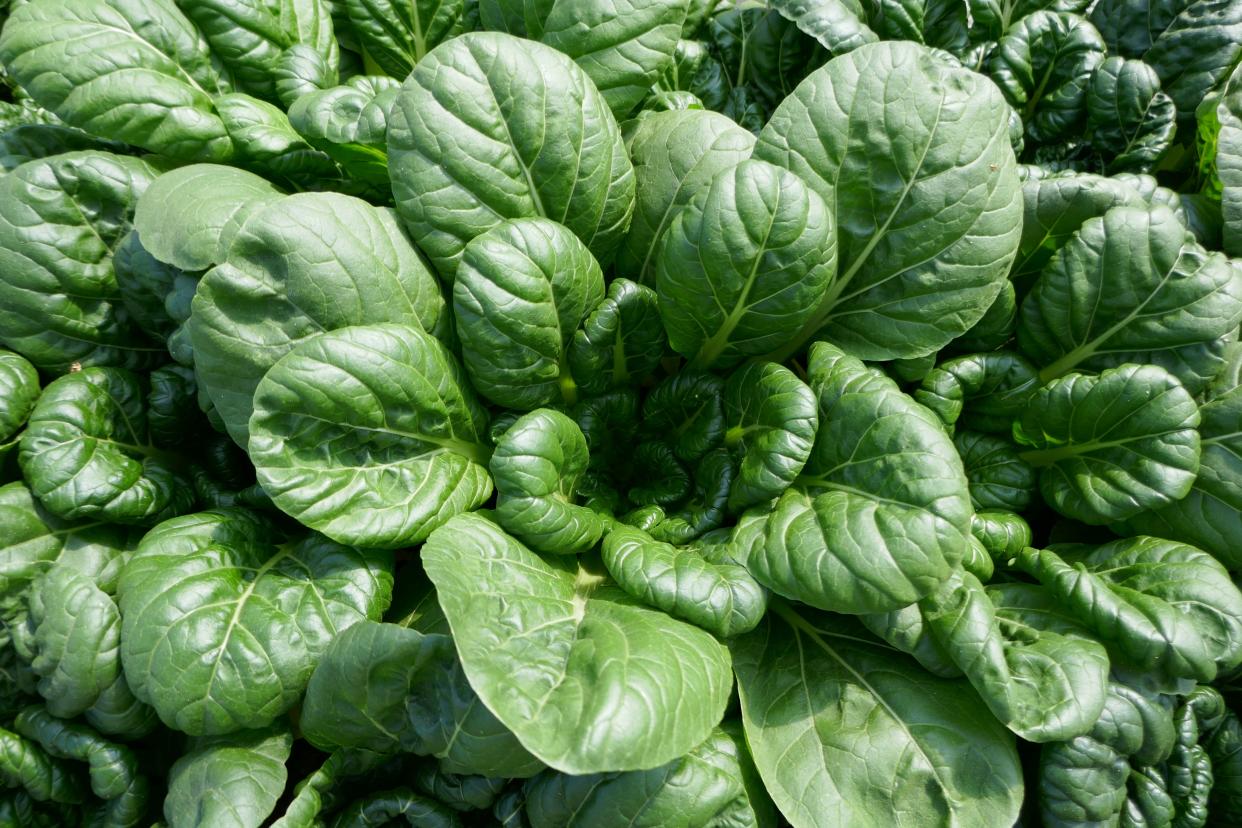Mark Bailey: A quick and easy fall garden

Fall has arrived, and that means it’s time to plant a cool-season garden. Fall and winter gardens allow for a wide range of crops to be grown, and some of these crops are ready for harvest much quicker than others. A garden does not always need to take the entire season before harvest time, nor does it have to be one that requires a lot of effort.
Fast-growing crops provide a lot of advantages that slow-growing crops lack. They take a lot less time to grow, which means a lot less physical effort is needed to tend to the garden. A quick development time may reduce disease and pest pressure as well. Also, if the crop fails for whatever reason, these crops can be replanted before the end of the cool season. Quick-growing crops also can be planted in phases, allowing for a steady supply of crops to be ready for harvest.
Plant growth can be accelerated when all of the plant’s needs are consistently provided for. The singular source of energy for plants will originate from sunlight. Be sure to have a garden bed in a location that has access to at least six hours of direct sunlight per day. The direction of sunlight can change substantially throughout the year, so be sure to account for the seasonal changes. It's also helpful to have a well-drained site close to a source of water. A soil sample can be taken to determine the pH and nutrients that are present, and how many nutrients may be needed for the next crop. Soil pH is an important variable as it can affect the availability of nutrients that can be taken up by the plants. If the soil pH is below 5.5, lime can be added, as determined by the soil sample results, to raise the pH to around 6.0. The addition of lime is best up to three months prior to planting. Mix in compost before or at the time of planting. Fertilizers can be applied at the time of planting as well as light applications several times as the plant grows. Leafy green plants respond well to nitrogen applications. The seed depth and spacing are determined by the specific crop’s needs. Once the seeds are planted, it is critically important the soil remains consistently moist. Soil that is either too dry or stays wet can lead to the loss of the entire crop. Light and frequent irrigation is typically the best option and can be assisted by using automatic irrigation timers.
The link to the garden soil sample form can be found at bit.ly/soilsampleform.
Radishes are perhaps the fastest-growing garden plants available. They can go from seed germination to harvest in as little as 20 to 30 days. Radishes tend to have a less peppery flavor the younger they are, so the length of time they stay in the ground is up to the gardener’s preferences. Many of the leafy greens can grow quickly, and individual leaves over time can be harvested — or the entire plant. This is a short list of some of the common fall garden plants and their days until harvest: lettuce, 60 to 90 days; mustards, 40 to 50 days; many Oriental greens, kale and arugula, 50 to 70 days; turnips, 40 to 60 days; spinach, 45 to 60 days; beets, 50 to 70 days; green onions, 50 to 75 days; English and snow peas, 60 to 80 days; strawberries, 30 to 60 days if planted from plugs; and Swiss chard, 45 to 60 days.
A garden that provides produce quickly also has the option to be planted a second time prior to spring. If double cropping within the cool season is the goal, be sure to rotate to unrelated plants or use a new location within a garden. This reduces the chance of pests and pathogens being transmitted to the second crop. A quick and easy fall garden is a great way to grow food as quickly as possible with the least amount of effort.
For more information, call the Marion County Extension office at 671-8400 or email ironhill@ufl.edu.
— Mark Bailey is the Sustainable Agriculture & Food Systems Extension Agent for UF/IFAS Extension Marion County. The Extension Service is located at 2232 NE Jacksonville Road, Ocala, FL 34470.
This article originally appeared on The Gainesville Sun: Mark Bailey: A quick and easy fall garden

